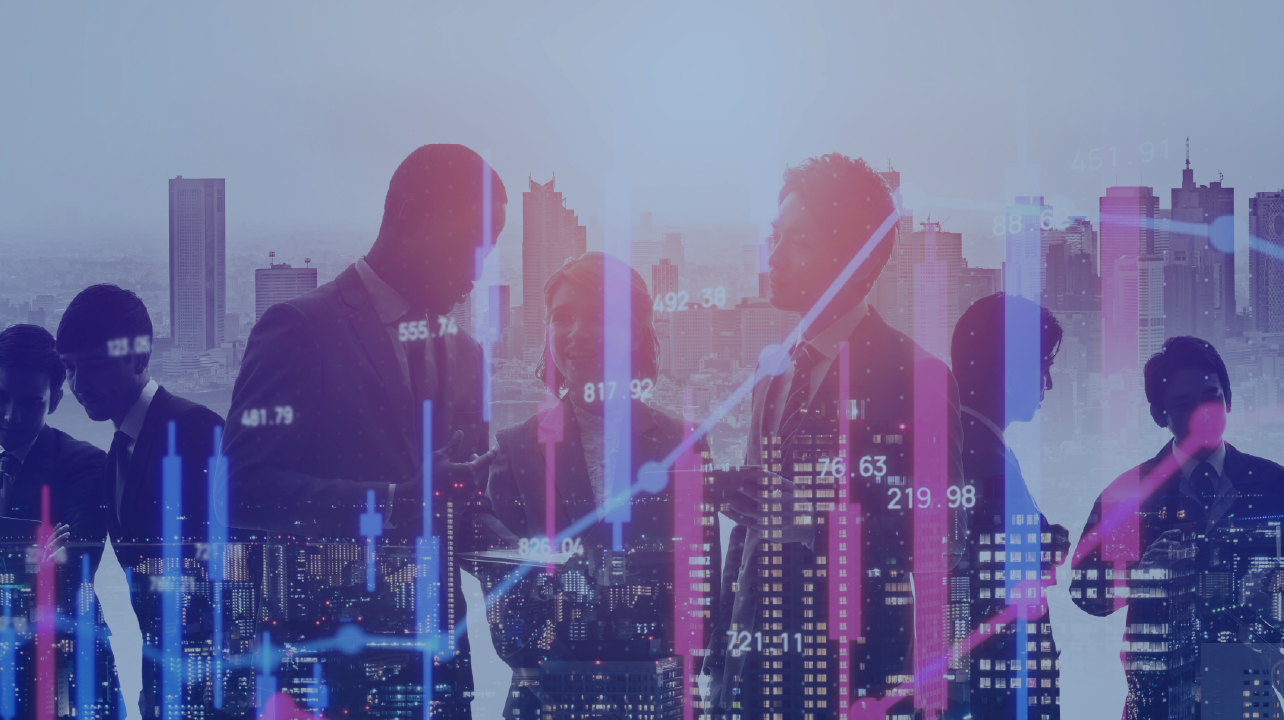Social inflation is reshaping the landscape of property and casualty (P&C) insurance — especially in high-severity claims. Once an undercurrent, it’s now a defining force behind rising loss costs, nuclear verdicts, and unpredictable claims cycles.
In 1977, Warren Buffet explained to his shareholders that insurance sector costs would likely rise because of a concept he called “social inflation.” He explained that this term referred to “a broadening definition by society and juries of what is covered by insurance policies.” The definition evolved in the mid-1980s when the insurance industry first noticed rising verdicts as a result of increased asbestos claims. Insurers responded with stricter underwriting and increased reserves — but the underlying trend receded in the 1980s.
However, it reemerged in the 2010s due to the erosion of tort reform protections, the growth of third-party litigation funding, aggressive plaintiffs’ bar tactics, jurors’ shifting attitudes toward corporations, and the viral influence of social media on public opinion. As a result, large jury verdicts jumped in frequency and size, especially in sectors like trucking, construction, and medical liability. The ripple effect extended to settlement demands, reserving practices, and reinsurance pricing. After the COVID-19 pandemic, social inflation has only continued to grow.
Once a term reserved for actuarial circles, social inflation has become one of the most pressing challenges for P&C carriers. This whitepaper explores:
- The impact of social inflation on insurance carriers over the years
- An overview of which lines of business are especially vulnerable
- Strategies for claims organizations to mitigate its impact



